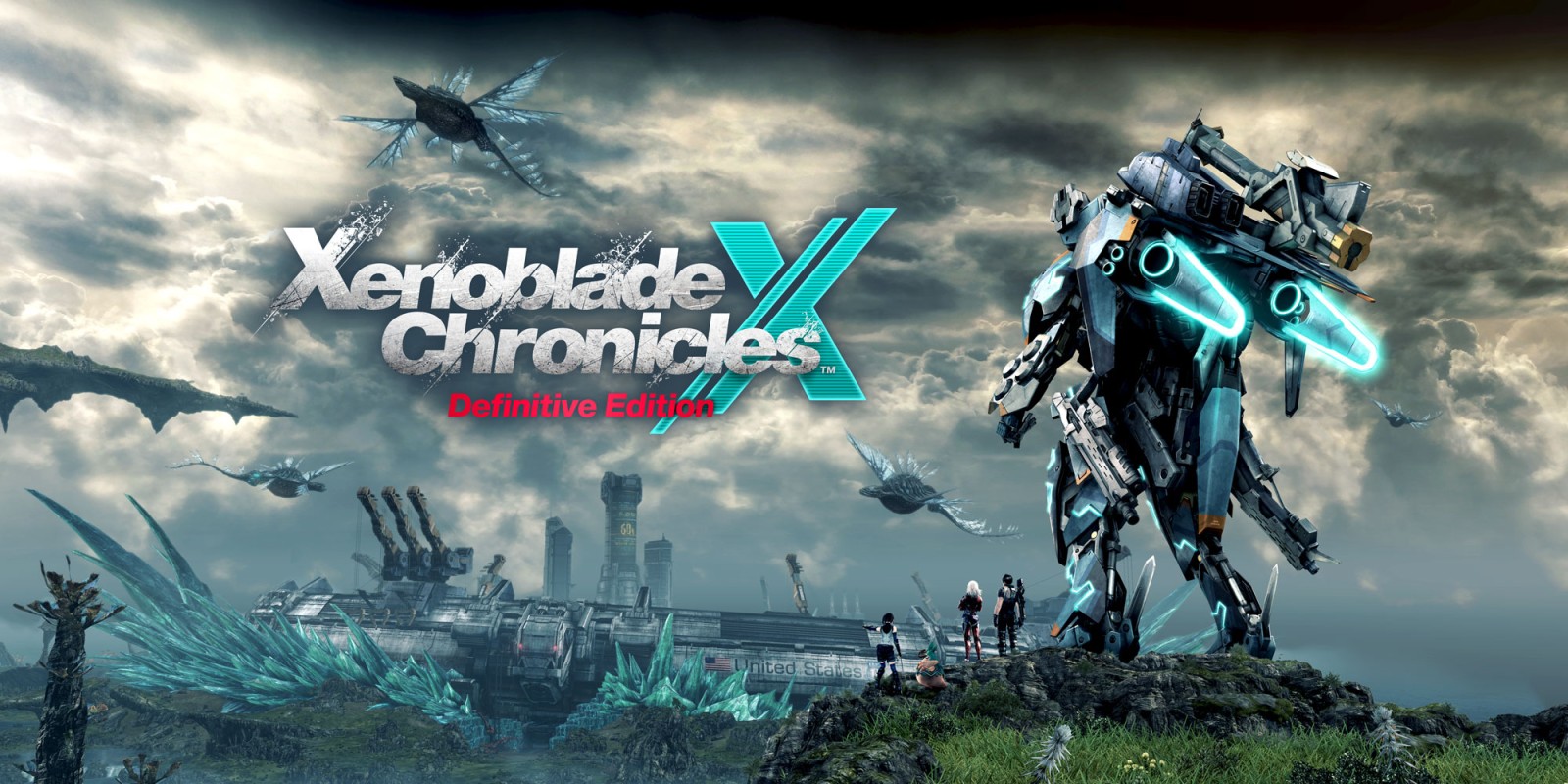
Tobey Maguire got bit by a spider, Monolith Soft by a GOAT!
Messi. Mathers. Monolith Soft.
You know a game is something special if you’re over 100 hours in but still keep coming back to it, forsaking all others (the backlog is INSANE at this point, FYI)…
Xenoblade Chronicles X (from here on XCX) is remarkable. Originally released on the much-maligned Wii U, a decade ago, it’s been given a fresh lick of paint – and so much more importantly – an audience, a swansong offering for the Nintendo Switch. XCX is a massive open-world JRPG (Japanese role-playing game) loosely set in the Xenoblade universe, and while not directly connected to the Xenoblade Chronicles trilogy, it does offer some familiarity (much more on that anon).
As one of Nintendo’s most trusted lieutenants, it should really go without saying at this point that Monolith Soft are an incredibly talented bunch. Their work on Breath of the Wild, Tears of the Kingdom and Animal Crossing (to name a few) shows Nintendo’s trust in them. What Monolith Soft managed to put on the humble Wii U was astounding. We’re talking about an open world game 5 times bigger than The Skyrim (the benchmark for all open-world games), running flawlessly on a Fisher Price tablet add-on for the Wii…. On Nintendo Switch, with all the improvements – ranging from quicker load times, significantly improved draw distances, sharper visuals by the way of resolution, and QoL, in-game upgrades a-plenty – XCX performs better than Bob Dylan, an acoustic guitar and a harmonica. Genuine magic.
“Stuck on a distant planet” – a veritable brainworm

Our perpetually puzzled protagonist, often affectionately referred to as Rook, stumbles out of a stasis pod to be met by Colonel Elma. After setting up your character with all the usual settings: gender, build, hair type and colour etc you’re asked your name. You don’t remember it. I called myself Tatus (Polish for Dad as I have half-Polish kids, and that’s what I’m referred to IRL). Not at all confusing when we met the Nopon character Tatsu, later in-game… Rambling digression aside, it turns out you’re experiencing a spot of amnesia and have no memory of the events leading to your awakening. “Open your eyes”, you hear as you climb out of the Shrine of Resurrection. Oh, wait, sorry…
Earth has been destroyed, you were on a ship which crashed -the White Whale. Before you have time to get your bearings, you’re attacked by a large indigenous creature. And thus begins the combat tutorial. Once the threat has been neutralised, you head back to New L.A. – the thriving City, created from the remains of the crashed life raft of the White Whale – and learn a little more about B.L.A.D.E or Betterment [of] life after [the] destruction [of] Earth. So, BOLATDOE? Probably doesn’t have the same ring to it (or connection to the Xenoblade universe). Once you get going, the main gist of the story is to track down the lifehold core before the timer runs out. The timer isn’t an actual time, rather, after each chapter the percentage decreases towards zero. How does one find the lifehold core, you may ask. Why, through indefatigable exploration of course…
Listen! I like the story. I find it perfectly cromulent. And I particularly liked what Monolith Soft did with Chapter 13 (which is split into three acts) and where it took XCX. But let’s not waste any breath pretending that any of that matters. XCX is all about Mira – and what a mighty fine bedfellow she is! The world of Mira is split into five continents:
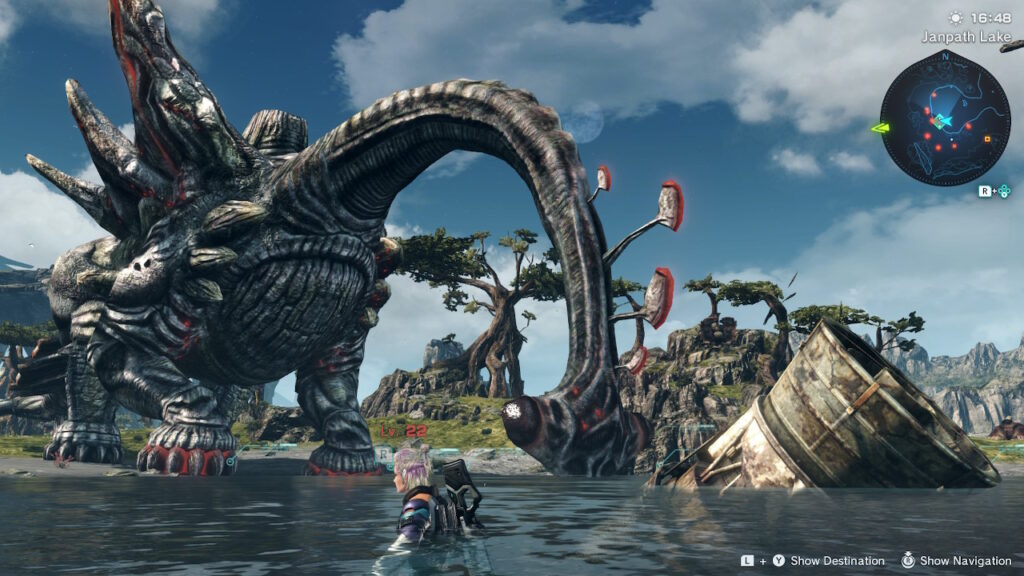
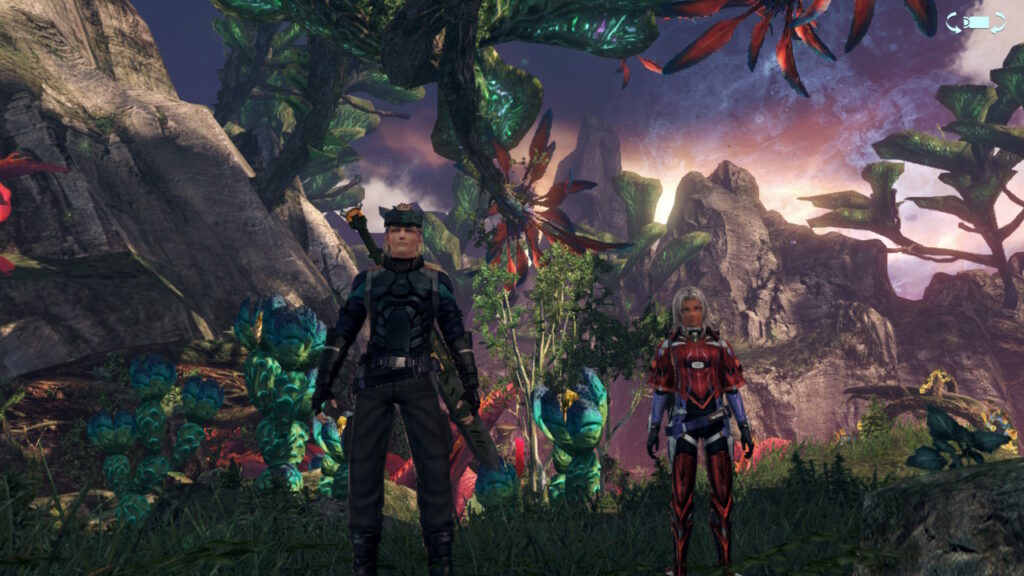


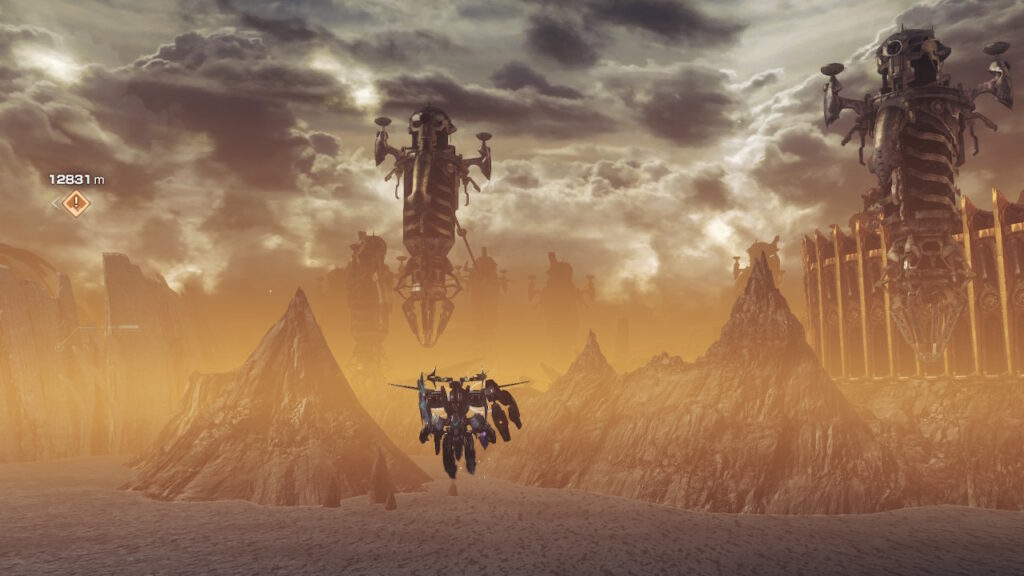
- Primordia – the game’s starting area – resembles a Xenoblade map most closely. From vast, grassy plains where Grex and Cinciluas roam free, to mountainside watering holes where the massive dinosaurs roam.
- Noctilum in the West offers fluorescent fauna in abundance, as well as more swamplike creatures. Scaling the vast cliffs are enormous winding trees, their winding and knotted trunks often entwined into the scenery of the game, offering platforms to progress (pre Skell, obvs)!
- Over in the East to Oblivia, a fierce sandstorm rages across this desolate desert. Aside from the enormous antlered creatures and the bounding Tyrant that roam the sands, the nefarious Ganglion have set up many strategic bases here.
- Head North to Sylvalum, where everything has seemingly been turned up to eleven. Take a Skell or two (or three or four), and have your wits about you! The enemies are often as ferocious as they are gigantic.
- Mira’s final continent is Cauldros, home of the Ganglion, filled with fire and brimstone. Not even the skies of Cauldros offer respite from the molten lakes below, as the area is home to some of the game’s biggest enemy skells.
I believe that I read, in the build-up to the initial Wii U release, that the Planet Mira is the main character in XCX. If even possible, that’s more apparent in the Nintendo Switch release. Just imagine how opulent it’s gonna be on Nintendo Switch 2, with less pop, more grunt and, hopefully, a higher framerate.
Now you see me. Now you see more of me!
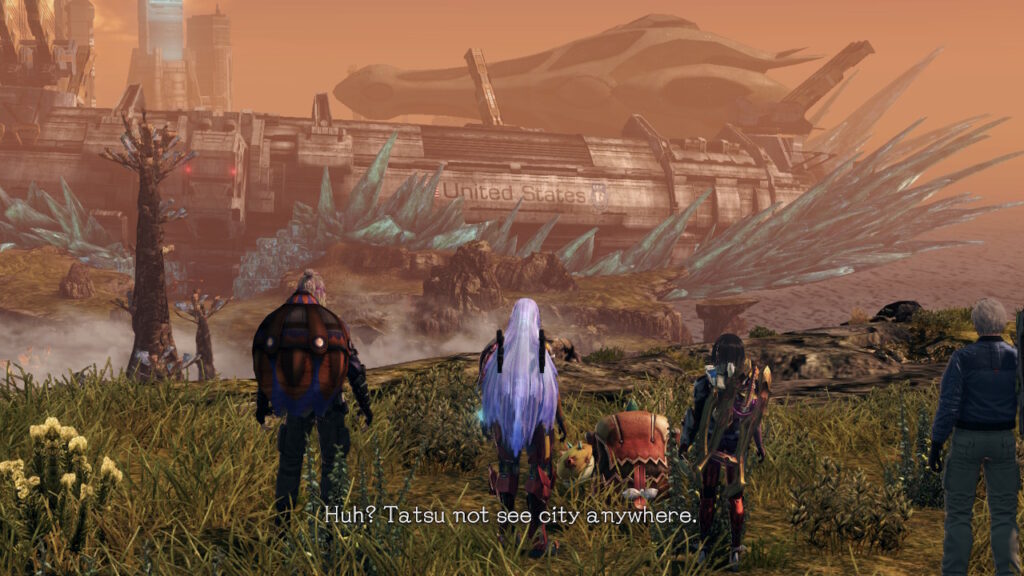
As you would expect from a game by the fine folk over at Monolith Soft, the combat system is a multi-faceted affair. There is a familiarity to proceedings (for fans of the series), with Arts being employed, levelled up and combined to create an immersive experience. Throw in a frenetic overdrive system that effectively nullifies cooldown on Arts, and you and your band of zany B.L.A.D.E.s can cause some serious damage.
The cast of Xenoblade, well, they’re a trip! From team leader Elma, thirteen-year-old genius orphan Lin, and token-Nopon Tatsu to the weird and wonderful L – a blue humanoid xenoform who can’t quite get the hang of human speech mannerisms. Then there’s Doug, Lao, Irina, and so many more complex and interesting characters who, through Affinity missions, all have their own backstories, personalities, hopes and fears. When I say there’s a lot of content here, I’m talking a multi-story car park. In America! Perhaps I should have had a more concise playthrough, but in my time spent with XCX for review, I pumped over 120 hours into the game, ticking off all quests – old and new – yet still barely touched the sides exploring Mira.
Early in the game, you’ll traverse the massive world of Mira on foot. It seems daunting. Massive enemies roam the land, paths are very definite, and you’ll often encounter high-level beasts en route to your destination. NB, there’s no shame in absolutely cheesing it! However, as you progress through the story, you’ll gain your Skell license and be able to pilot massive Transformer-like robots that make moving around Mira infinitely more accessible – even more so when you get the flight module a little later – adding verticality to Mira’s monumental map.
One aspect of exploration is actually mapping out Mira. By laying dozens of probes in pre-determined locations, not only do you create fast-travel points, but you learn information about the surrounding areas – be it nearby treasure or Tyrant info (unique, brilliantly named enemies). Aside from learning the lay of the land, installing probes creates resources to aid your affluent Miran lifestyle. XCX utilised two currency types: credits and Miranium. The first is pretty self-explanatory. As it turns out, even after the destruction of Earth, cash-money reigns supreme. Dollar, dollar bills, y’all! Miranium, however, is an entirely different teapot of fish. It can be used to refuel your Skells, help out in quests when NPCs are trying to, for example, set up a water pumping station. It’s also hugely important in funding the arms race. Yep, you read that correctly, once you reach a certain point in the story, you’ll have a whole host of races setting up shops and, the more delicious Miranium you pump into their business, the better the weapons and armour they’ll be able to create (and then sell for regular currency) to you. Again, XCX is a behemoth, and you’ll often find you lost an entire evening just perusing the new wares available to you.
Don’t worry about the future, it’s all right
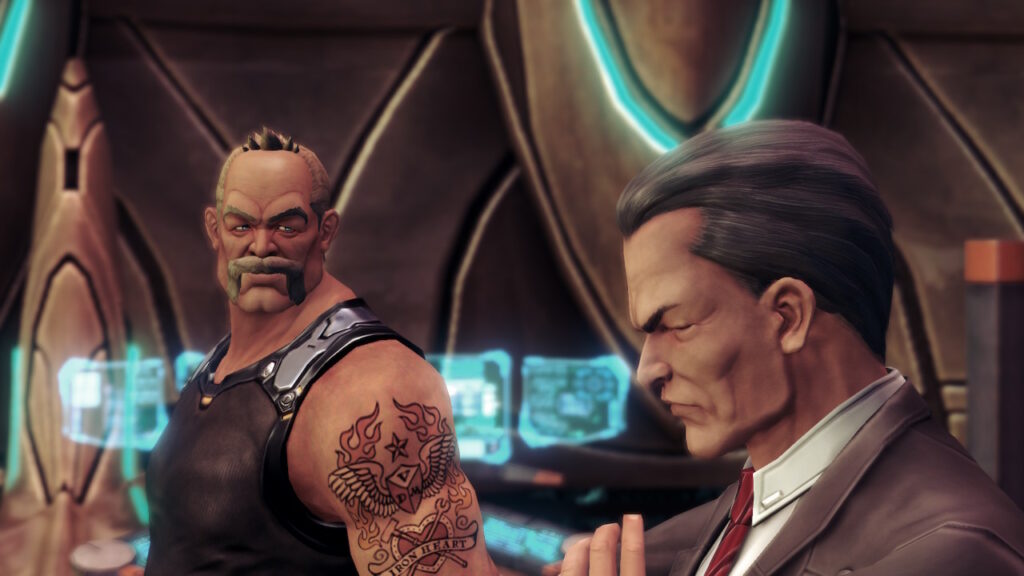
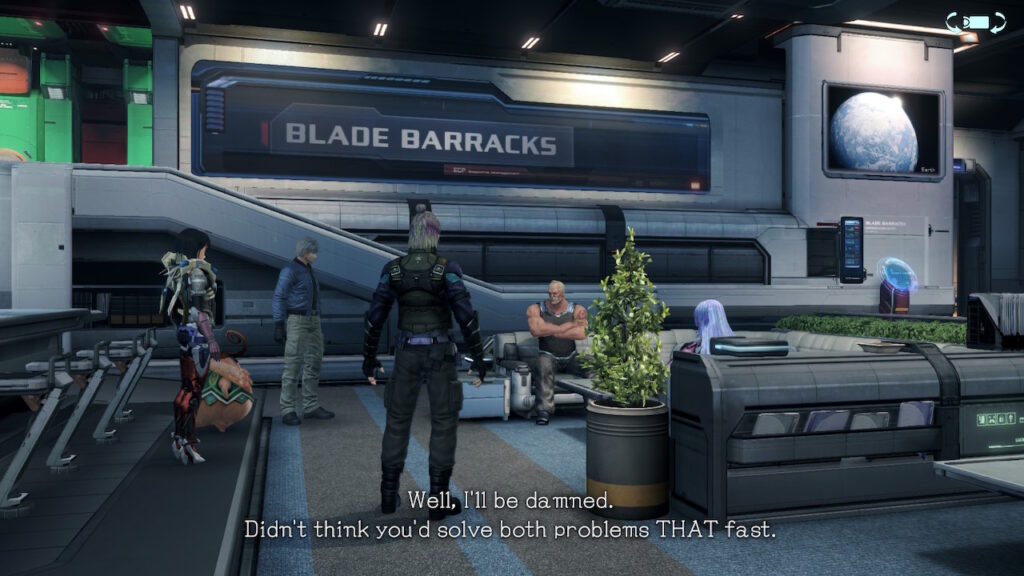
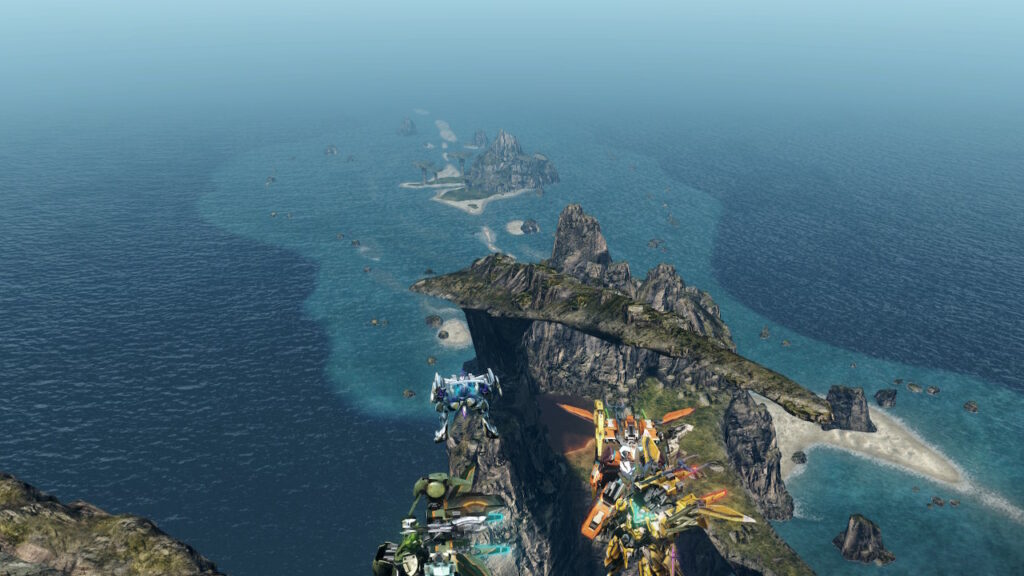
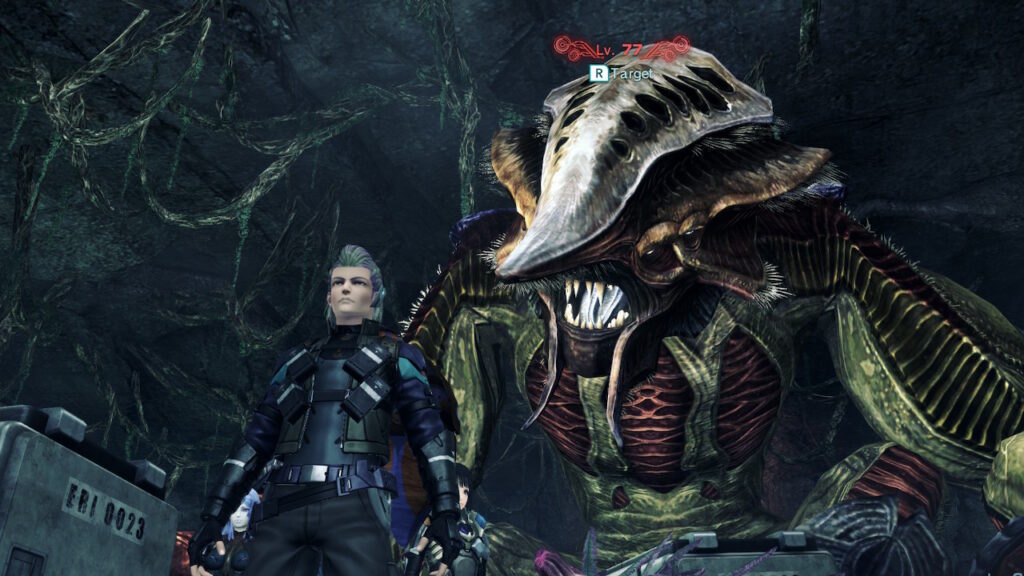
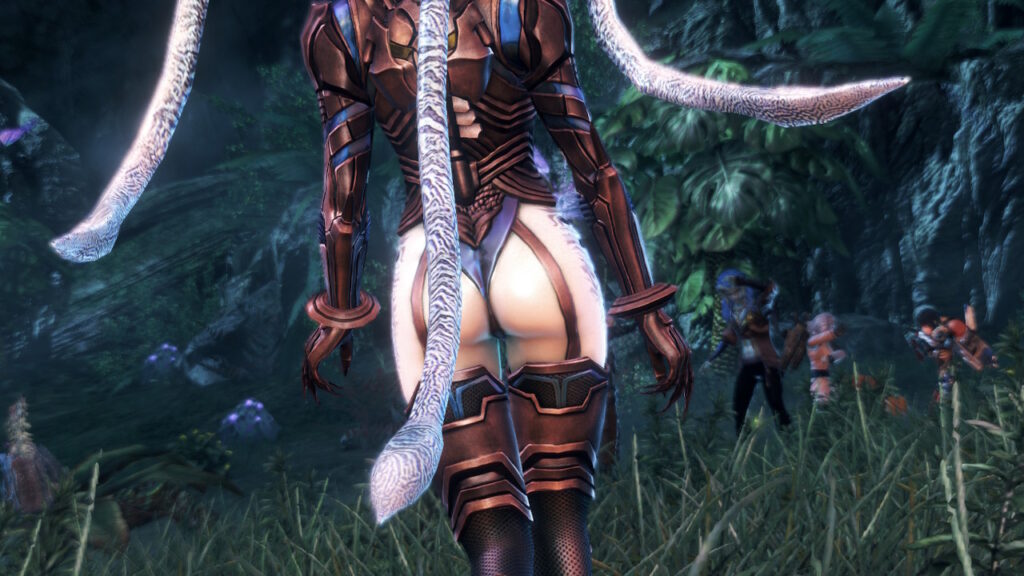
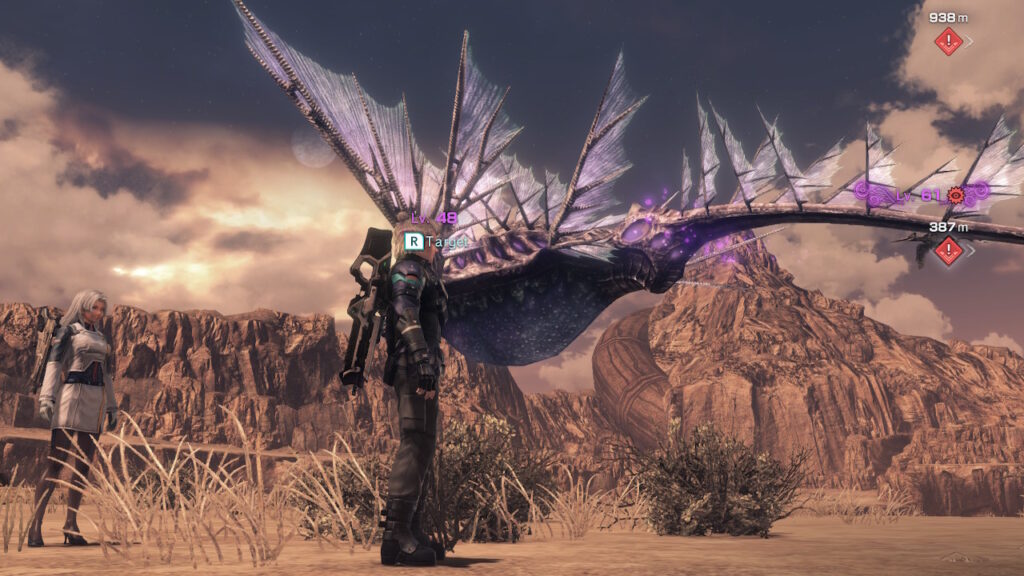
Eclecticism runs through absolutely every single aspect of XCX. The game’s soundtrack is no different. From euphoric, breakneck battle music (Tyrants have their own special track), hybrid hip-hop-nu-metal, to the smooth jazz that plays in the B.L.A.D.E barracks. There’s something for everyone here! And it will drive you, enhance your experience with the game. The soundtrack is thoughtful, intricately woven into the narrative and the world. The lyrics of the songs, or the pacing, the amplitude and the celerity of the delivery, all enhance the moment which you are experiencing. If music is the food of love, play on. Speaking of food, it plays an interesting role in XCX. Every one of the chapters of the game begins with the B.L.A.D.E team in the barracks, with Lin asking you what they should eat. You pick an option from fried, baked, or broiled – among others – and she whips something up. Usually, XCX’s iteration of Vandham (every Xenoblade game has one) swings by just in time for tea and tells you all about your next mission. It’s a trivial thing, but it once again demonstrates the core values of belonging, family and acceptance – after the destruction of Earth.
Going back to the soundtrack, why Nintendo hasn’t released a vinyl set yet is beyond me. I mean, I’d buy it. That absolutely justifies production costs, right?!
How’s it poppin’? Better than you, so terrific!
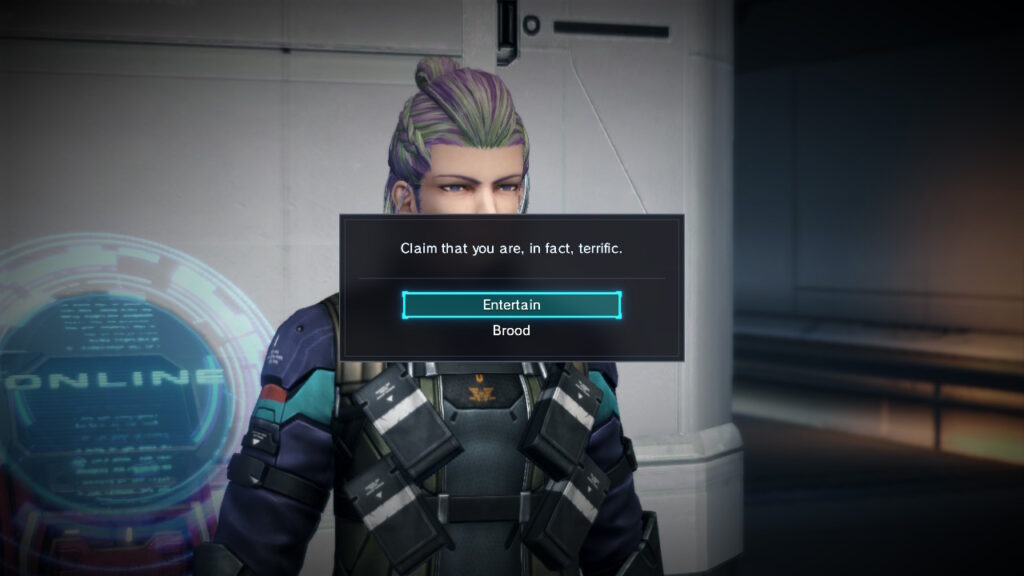
Xenoblade Chronicles X is an absolute masterpiece. When you consider this was a Wii U title, it’s a real achievement, and I sincerely doff my cap in the direction of Monolith Soft for conceptualising and then realising this world. Mira is a wonderful place that will keep you entertained well past the final act. Not only that, but the pacing of the game means that it never feels forced or grindy. If you give Mira the love that she deserves, explore and engage with its many inhabitants, you’ll experience a world quite like any other. As the Nintendo Switch winds down from its near-decade dominance of the gaming industry, to make way for its predecessor, the release of XCX feels like the final cherry atop the grandest of cakes.
